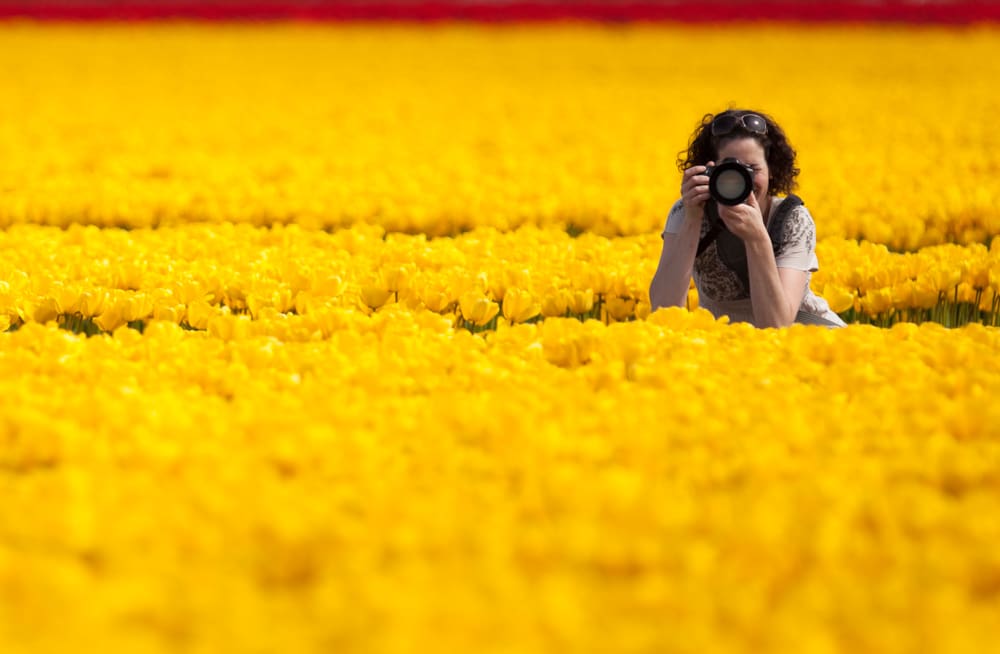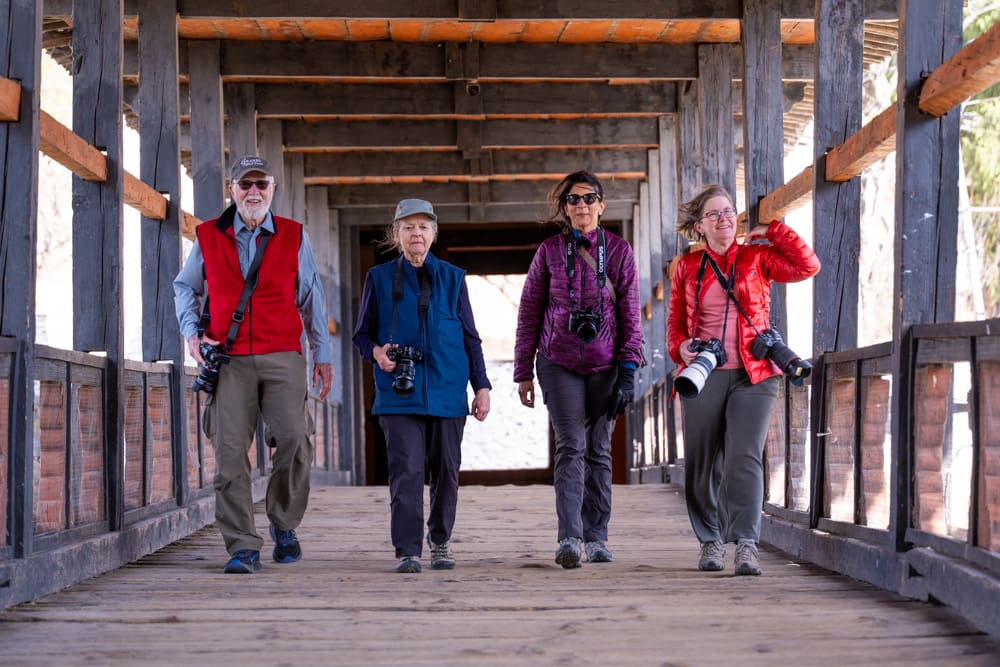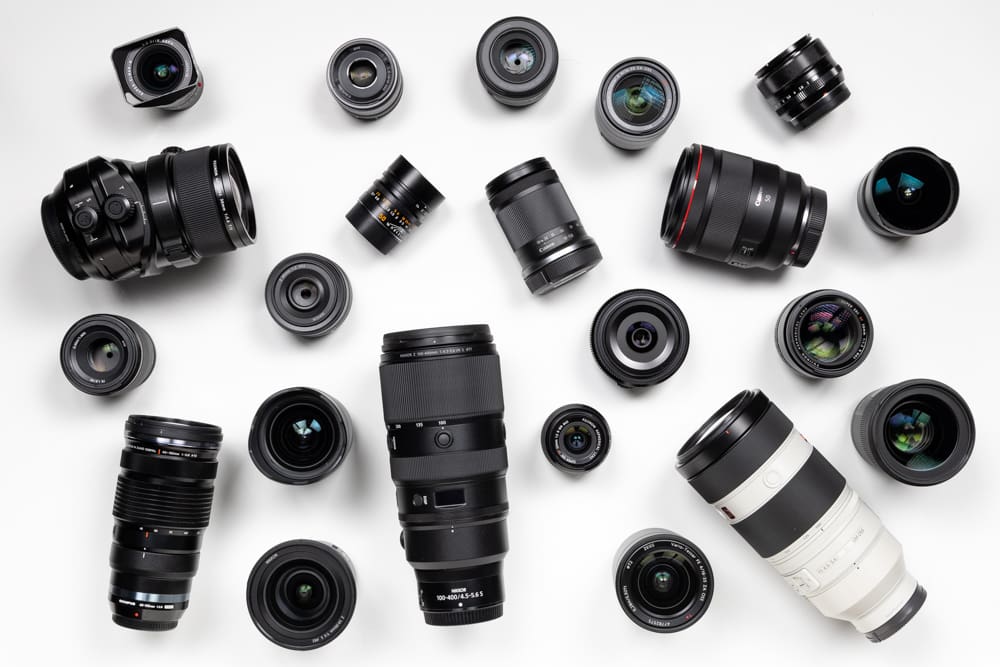With the release of my latest course — Canon RF-mount: Complete Lens Guide, my year-long focus on lenses is coming to a close. Over the last 12 months I’ve been focused on creating a series of in-depth courses providing a quality education on the technical and artistic use of lenses. Because of the vast differences between the popular brands I’ve had to create a separate course for each brand.
New lens courses
- Fujifilm X & G Mount: Complete Lens Guide | 13 sections, 9h 23m
- Sony E Mount: Complete Lens Guide | 13 sections, 9h 4m
- Nikon Z Mount: Complete Lens Guide | 13 sections, 9h 18m
- Canon RF Mount: Complete Lens Guide | 13 sections, 10h 55m
With a full year to focus on lenses, along with leading three major photographic tours (Bhutan, Kenya, Galapagos), lenses have definitely been on my mind. As I said in my latest course on Canon lenses, I think you can tell a lot more about a photographer by their choice of lenses, than by what camera they use.
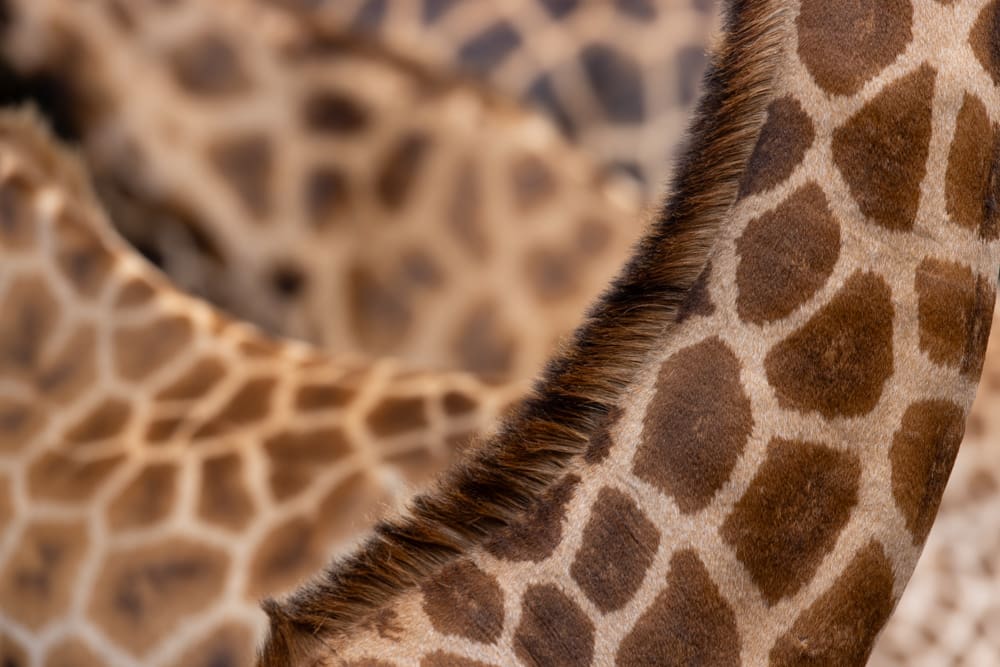
Canon R5, RF 100-300MM F/2.8 L IS USM @ 300MM | F/4 | 1/1600 SEC | ISO 400
The lenses a photographer uses are a glimpse into how they see the world. Lens choice is partially decided by the subject, but more so by the objective, goals, and budget of the photographer. If you want to start an interesting dialog with a photographer, ask them what lenses they like to use and why. It will get you a much more insightful answer than hearing what brand of camera they own.
What lenses do I use?
While I do own a number of camera systems, it’s just not practical to have a broad collection of lenses from every brand. The Canon RF mount serves as my base system that I have the widest variety of lenses to choose from.
Every lens in my Canon collection, as well as every one of my Nikon, Sony, Fujifilm, OM System and Leica lenses is what I consider to be – good. How good? Good enough to grace the cover of National Geographic magazine.
Not a lens reviews
You may have noticed, I don’t do lens reviews. I’m sure I could have a wonderful YouTube channel dedicated to reviewing lenses. The problem with this idea is that I find reviewing lenses boring.
Don’t get me wrong, I don’t find watching or reading lens reviews boring. I believe I would get bored creating them. I watch lens reviews all the time because I’m interested in people’s opinions. Testing for lens quality — which on most lenses is generally great — usually far exceeds what most of us will ever require.
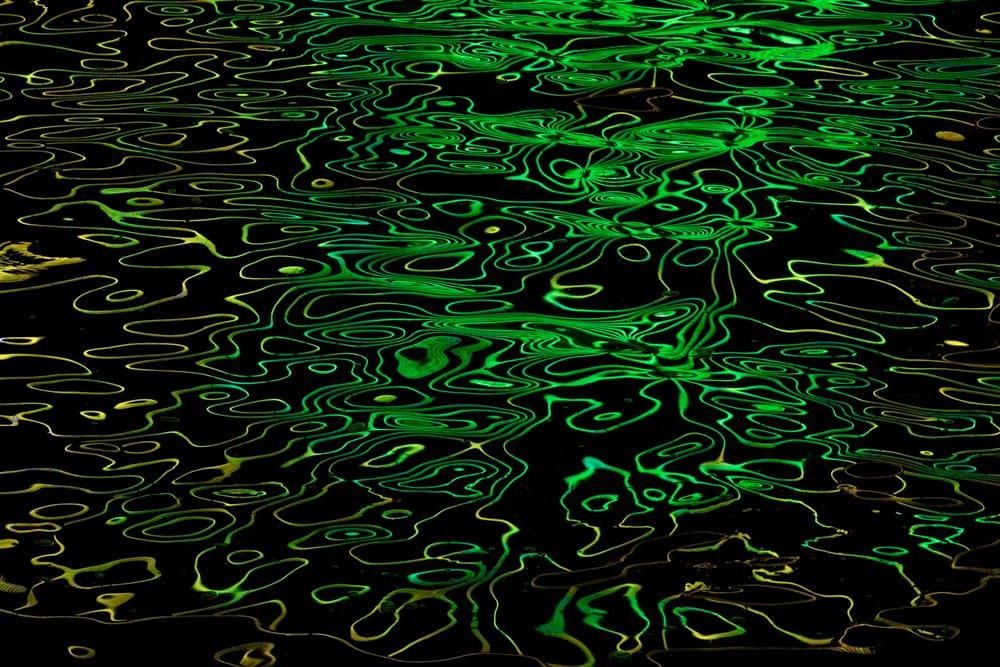
Canon R5, RF 70-200MM F/4 L IS USM @ 200MM | F/8 | 1/60 SEC | ISO 800
I love discussing lenses in what they can do, how they do it, and what they are good at. Recommending specific lenses get’s a bit tricky when you can’t have a thoughtful conversation with the photographer that’s going to be using it. I can’t blindly say that this lens is right for you, when I don’t know you, nor what you will be using it for.
So what are my favorite lenses?
What I do feel comfortable doing is sharing with you my thoughts about my own Canon RF lenses and which ones I use, and most enjoy in the field.
Canon RF 14-35mm f/4 L IS USM
Back in the old days, pre-internet, I found out about new lenses via Shutterbug magazine and the listing of available lenses from large retailers in New York city. Wow, that statement makes me feel very old. I still clearly remember the day I saw that Nikon introduced a 20-35mm f/2.8 AF lens. It was mind altering! I could combine all my wide-angle needs into one reasonably-sized lens. (Yes, Canon had one first, but I used the Nikon system at that time and this was the first one of its kind available to my system.)
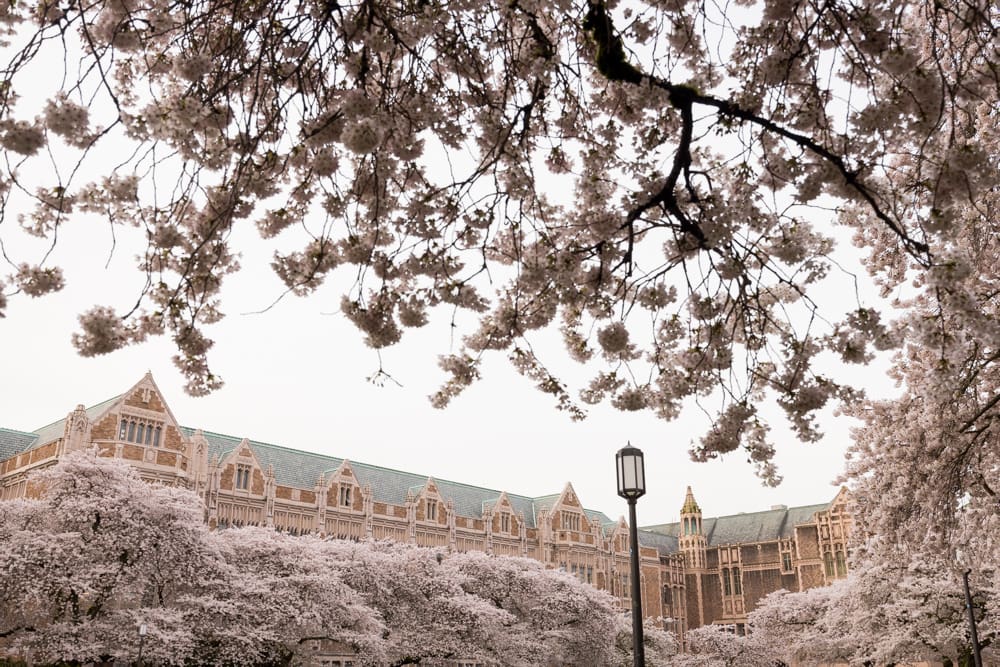
Canon R5, RF 14-35MM F/4 L IS USM @ 35MM | F/5.6 | 1/60 SEC | ISO 100
Fast forward to today and I don’t need the speed of an f/2.8 for my wide-angle needs where a constant f/4 will do. Optical technology has progressed and I can now go down to the far reaches of ultra-wide at 14mm. With this one lens, I’ve got about half my photography covered.
The RF 14-35mm accompanies me on most every Canon shoot. It’s a must-have for me with both travel photography and landscape photography. Canon has stretched the ability of this lens compared to it predecessor — the EF 16-35mm f/4 L IS USM. I’m sure the short flange distance of the new mirrorless cameras have helped, but Canon has also relied on digital technology to extend the range.
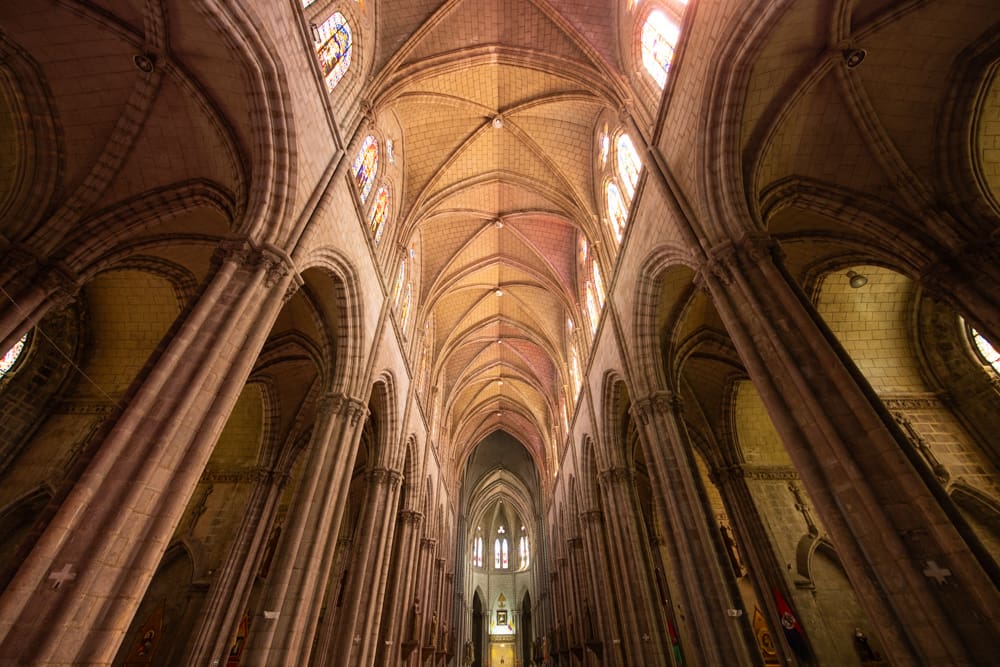
Canon R5, RF 14-35MM F/4 L IS USM @ 14MM | F/5.6 | 1/15 SEC | ISO 800
The new RF 14-35mm L IS USM is like a lot of new lenses, Canon and otherwise, that are not optically as good as the results you get from them. This lens relies on digital correction to fix a number of known “issues” (barrel distortion, vignetting, and other). Built into most every modern camera’s firmware is software that detects the mounted lens and applies a few small corrections. This digital correction allows for lenses to be made smaller, lighter, and cheaper than correcting for it with a better optics. This is something I elaborate on more in the Canon lens course.
Love it or hate, this is the modern world of lenses.
Canon RF 24-70mm f/2.8 L IS USM
Nothing beats the practicality of a fast normal zoom, and the 24-70mm has been the industry favorite for the last 25 years. Canon has added to the ‘fast normal’ options over the last few years with the Canon RF 28-70mm f/2 L USM for those that want something even faster. More recently they’ve added the RF 24-105mm f/2.8 L IS USM Z lens with a bit more telephoto range and some added video features.
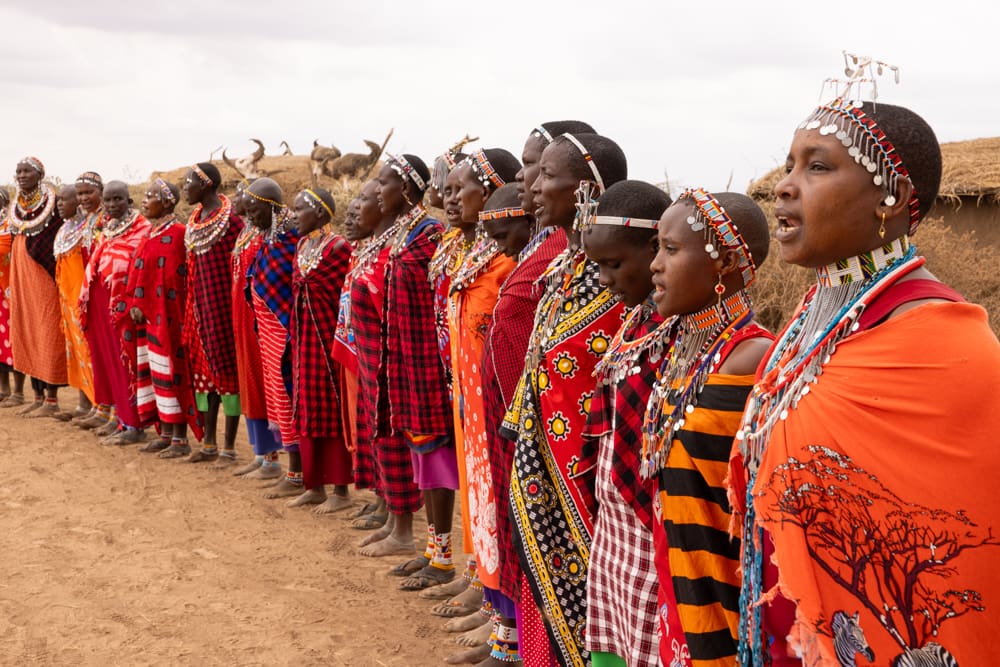
Canon R5, RF 24-70MM F/2.8 L IS USM @ 50MM | F/11 | 1/100 SEC | ISO 200
Both of these new fast normals (28-70mm f/2 & 24-105mm f/2.8) come with a notable downside; it’s about a 50% bump in the price and the weight. If you have a specific task at hand where they save you the effort in changing to another lens, I can see where these heavy lenses make sense.
For a more general all-around lens, the 24-70mm f/2.8 is a better tool for my needs. It’s a singular lens that fits well with travel, landscape, action, and street photography. It’s by no means cheap or small, but in comparison with those other lenses just mentioned, it quite reasonable.
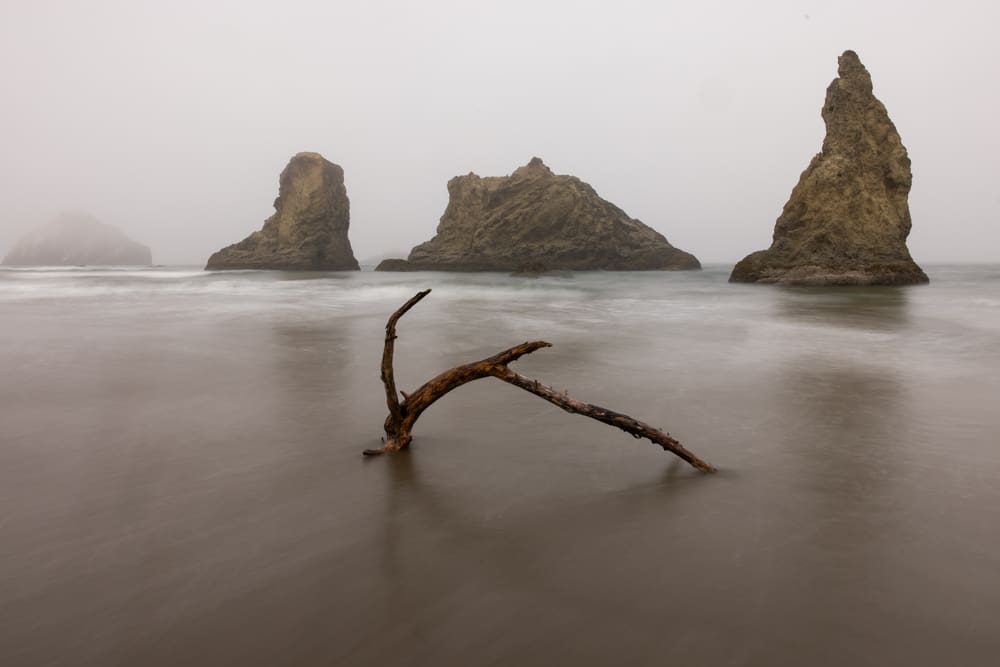
Canon R5, RF 24-70MM F/2.8 L IS USM @ 33MM | F/16 | 4 SEC | ISO 50
The close rival to the RF 24-70mm f/2.8 L IS USM is the Canon RF 24-105mm f/4 L IS USM. Many photographers have compared the difference between the two in trying to find the perfect normal lens. I’ve used and owned both for quite a while. My preference is the faster 24-70mm f/2.8; I’ve found that the faster aperture makes more of a difference than the slightly longer reach.
Canon RF 70-200mm f/4 L IS USM
A long-time holy grail lens that I’ve spent countless hours in my lifetime seeking out is the compact telephoto lens. Long focal length lenses must be long in length by their very nature. There are but a few ways to get around the long length of the lenses.
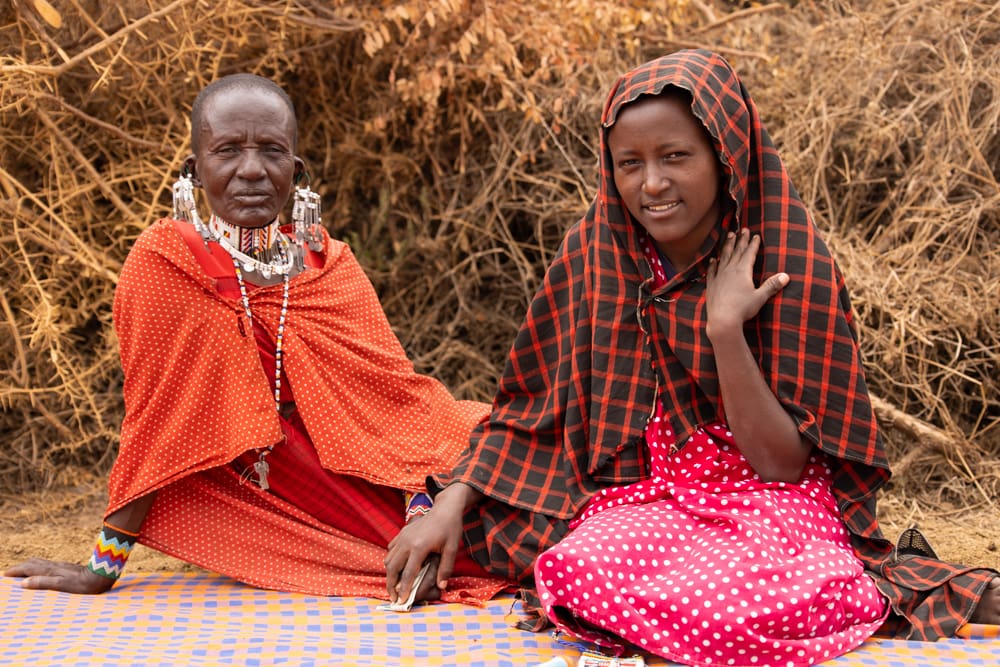
Canon R5, RF 70-200MM F/4 L IS USM @ 70MM | F/4 | 1/320 SEC | ISO 100
I tried mirrored lenses, way back in the day, only to be very disappointed with image quality. I’ve used a few prime lenses, such as the Canon EF 200mm f/2.8 II USM, which was quite good, but not very versatile as it often needed to be accompanied by a shorter 85mm or 100mm lens for decent coverage. I’d looked closely at the older EF 70-300mm f/4.5-5.6 DO IS USM with it’s lens shortening Diffractive Optics, but sharpness was an issue again. For many years I relied upon the EF 70-200mm f/4L IS USM, and it was an ideal compromise and a favorite lens for me and my needs.
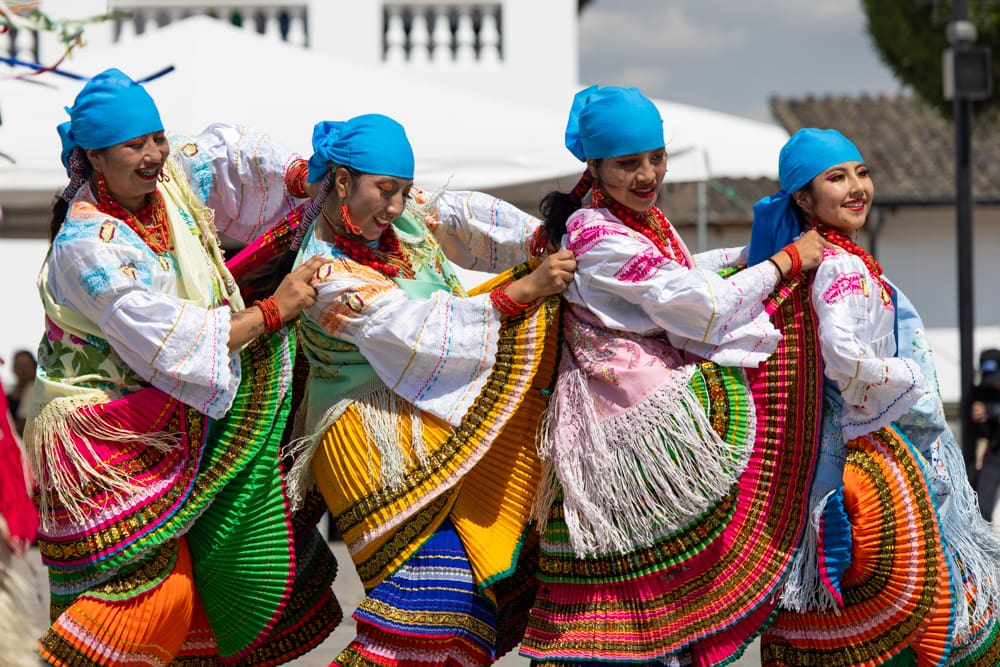
Canon R5, RF 70-200MM F/4 L IS USM @ 135MM | F/4 | 1/800 SEC | ISO 100
For the new RF mount, Canon wanted to shake things up a bit and wanted to one-up themselves with every product they came out with. Every new RF lens has something that was notably better than the previous EF version. With the 70-200mm f/4, they weren’t changing the focal length and didn’t want to go faster (as there was already another lens for that), so they went with a collapsible lens design that resulted in a much smaller-sized lens.
I am a big proponent of the internal zoom system, but when size is everything, I can live with the extending zoom barrel. The RF 70-200mm f/4 L IS USM is only 4.7” (120mm) in length; a whopping 46% shorter than the older EF internal zoom version. This is the smallest, good telephoto I’ve ever found that can get me up to the 200mm focal length.
This lens is the ideal lightweight travel lens to fulfill most all your telephoto needs. If you need anything longer or faster, it’s going to cost you in dollars and in weight, significantly. If you can make do with a 200mm and f/4, this tiny lens (not much bigger than a pop can), will cover your needs.
Canon RF 85mm f/2 Macro IS STM
The only prime on my list of favorites is this easily overlooked short telephoto. Hiding behind the awe-inspiring pair of 85mm f/1.2 L USM lenses offered by Canon (standard and Defocus Smoothing), this humble f/2 lens is a versatile worker.
The 85mm f/1.8 has long been the go-to, affordable portrait lens offered by every manufacturer going back several decades. In the move from EF to RF lenses, Canon wanted to change it up a bit, and with this lens, they dropped down to an f/2 aperture but dramatically improved the close-focusing ability.
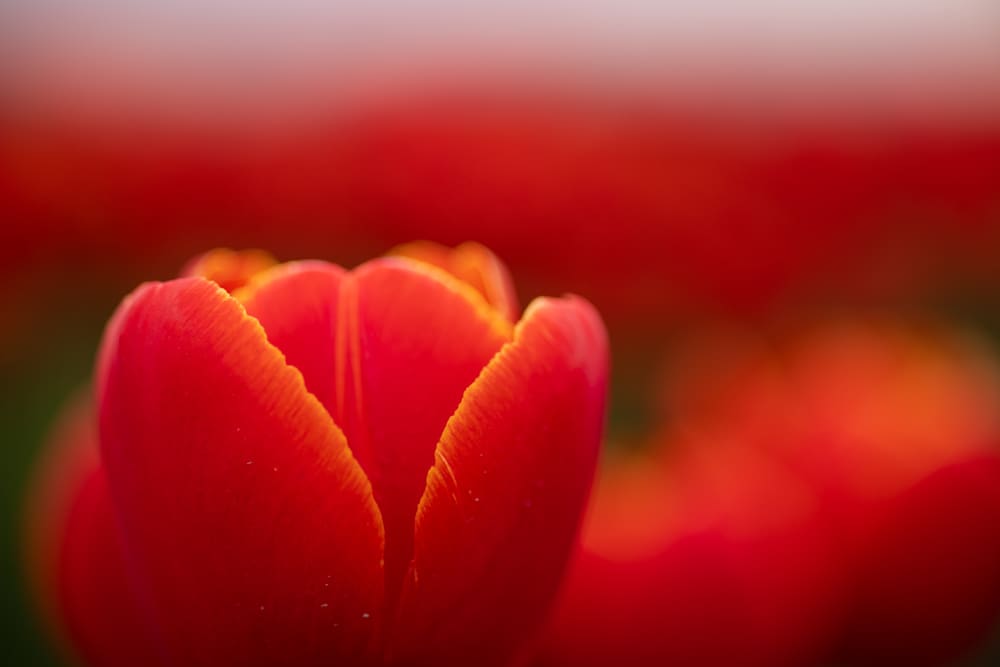
Canon R5, RF 85MM F/2 Macro IS STM @ 85MM | F/2.0 | 1/800 SEC | ISO 100
Portrait lenses have traditionally been very poor at close focusing. Take the current 85mm f/1.2 RF lenses; they can only achieve a close-up magnification of 0.12x which places them in last place for macro focusing among primes; not counting the 3D fisheye lenses.
The new Canon RF 85mm f/2 Macro IS STM is a legitimate macro lens with a 0.5x magnification. A true dual purpose lens that is equally good at portraits as it is with close-ups. A wedding photographer’s dream lens — one to shoot both portraits and close-ups of the rings.
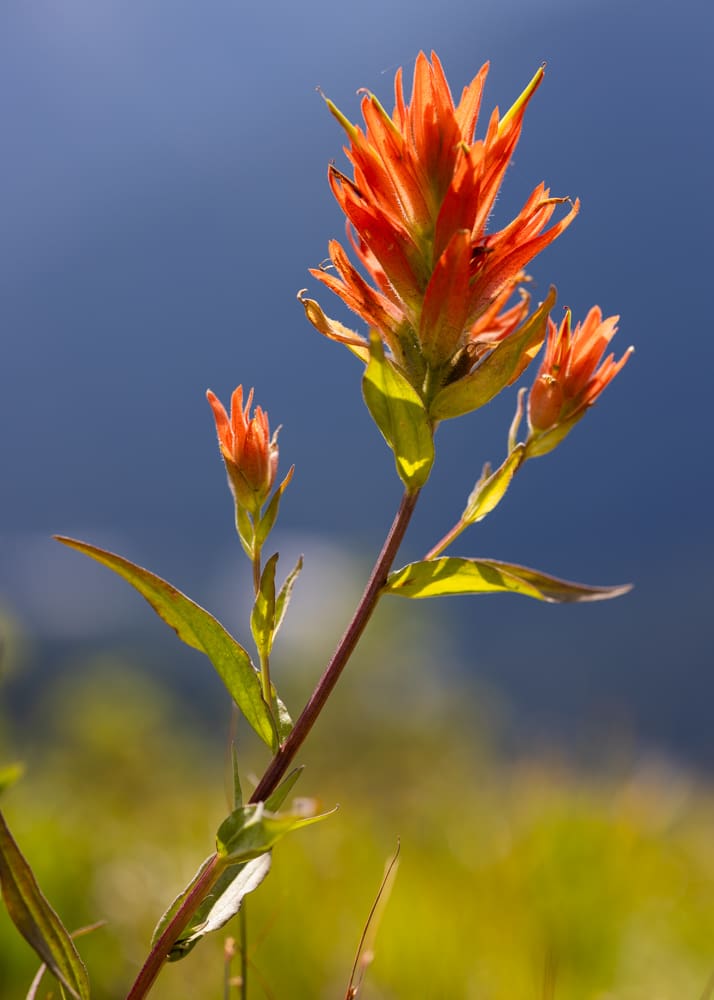
Canon R5, RF 85MM F/2 Macro IS STM @ 85MM | F/4 | 1/1000 SEC | ISO 125
Both the price and size put this lens in the realm of reality for most photographers. You’ll be hard pressed to find a better lens for the money. True, it’s not an “L” lens, but the difference is smaller than you might expect. In my Canon RF-mount: Complete Lens Guide, I explain the MTF charts for it and the 85mm f/1.2, and discuss the differences. The L lens is sharper; but only slightly.
Canon RF 100-300mm f/2.8 L IS USM
This is the most expensive lens I’ve ever owned, by far. I almost feel ashamed to say it, but boy, is this a great lens or what!
I’ve had the opportunity to take it with me to both Kenya on safari and to the Galapagos Islands for more wildlife shooting. I’ve long been a believer in the 300mm f/2.8. I’ve used it with various combinations of full-frame and crop-frame bodies, both with and without teleconverters (extenders in Canon speak) to achieve focal lengths of 300mm, 420mm, 480mm, 600mm, 672mm and 960mm.
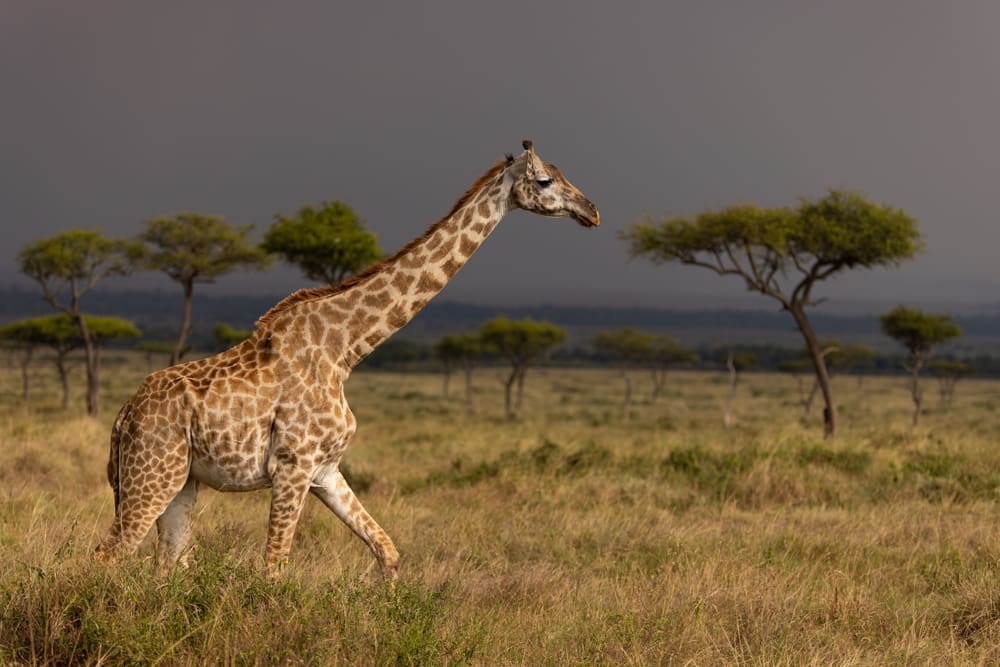
Canon R5, RF 100-300MM F/2.8 L IS USM @ 144MM | F/2.8 | 1/800 SEC | ISO 100
The 300mm f/2.8 has been my uber-all-purpose telephoto for most everything I might need a big lens for. The obvious gap in this system was everything below 300mm, for which the 70-200mm was the perfect companion.
There’s a new sheriff in town now and things are different. If I have the space and am willing to carry the 100-300mm f/2.8, (and the extenders) I’ll have all the telephoto focal lengths I currently need.
I was at first dismayed that this new zoom was 8% heavier and 30% longer — 5.7lb (2.6kg) & 12.7in (32cm). Once I got over that fact, I rekindled my love of composition. Rather than being forced into a prime’s compositional corner, the zoom opened the frame for a bit more space and thought.
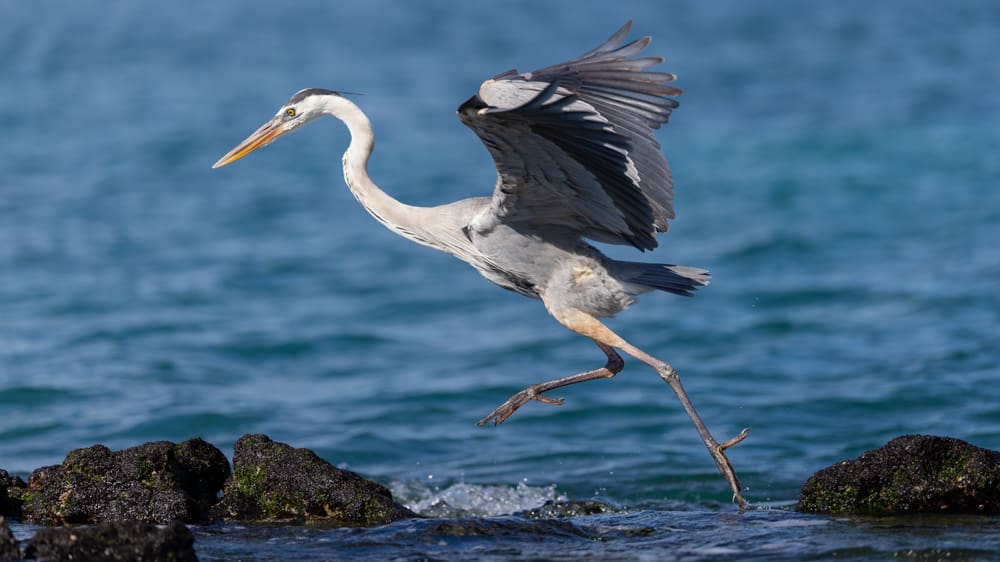
Canon R5 mark II, RF 100-300MM F/2.8 L IS USM @ 260MM | F/2.8 | 1/2000 SEC | ISO 100
I realize that a $10,000 lens is beyond the budget and needs of most photographers. I’m fortunate to be in a position to afford it, and be able to use it the way that it was intended. I’m thinking about my upcoming tour in Bhutan, and while I love traveling light, the thought of what I might be able to capture with this lens, especially at the Punakha Tshechu festival has me measuring my travel backpack to see if it will fit.
What do your lenses say about you?
So those are a few of my favorite Canon RF lenses… so far. This is not a recommendation or suggestion or justification; just an observation. Take a look at your lenses, and see what they say about you and your photography. And next time you’re looking to chat to another photographer, rather than asking them what brand of camera they use, ask them about their favorite lenses.
Become part of John’s inner circle
Sign up for the newsletter here — it’s free.
Want to become a better photographer?
Check out John’s selection of photography and camera classes here.
